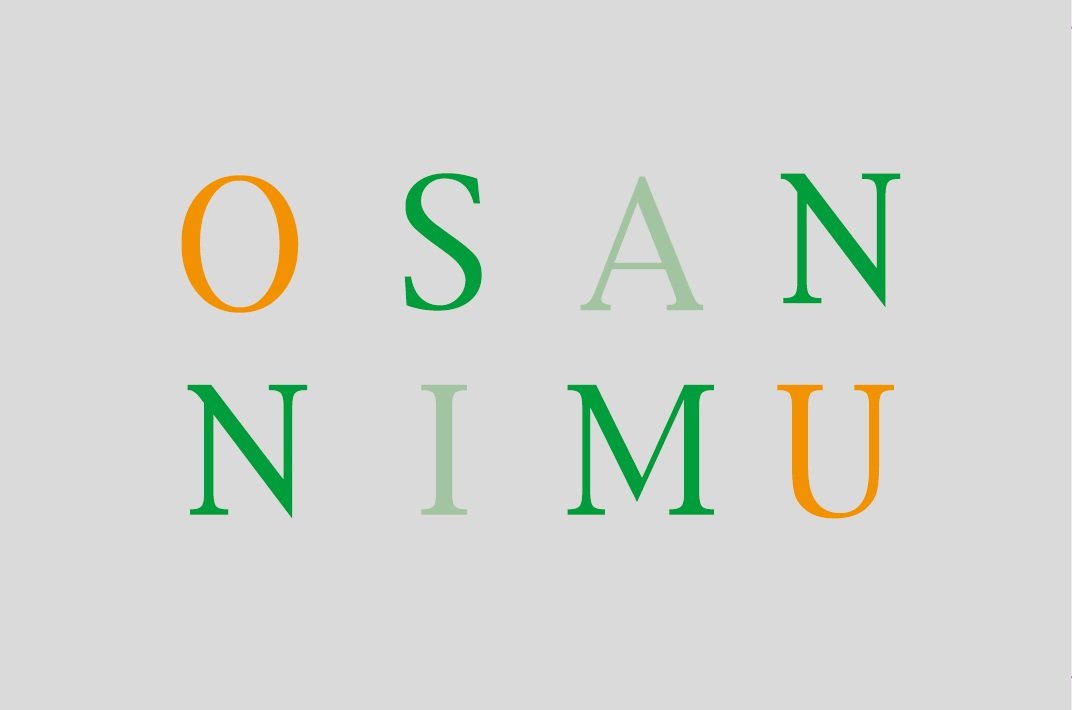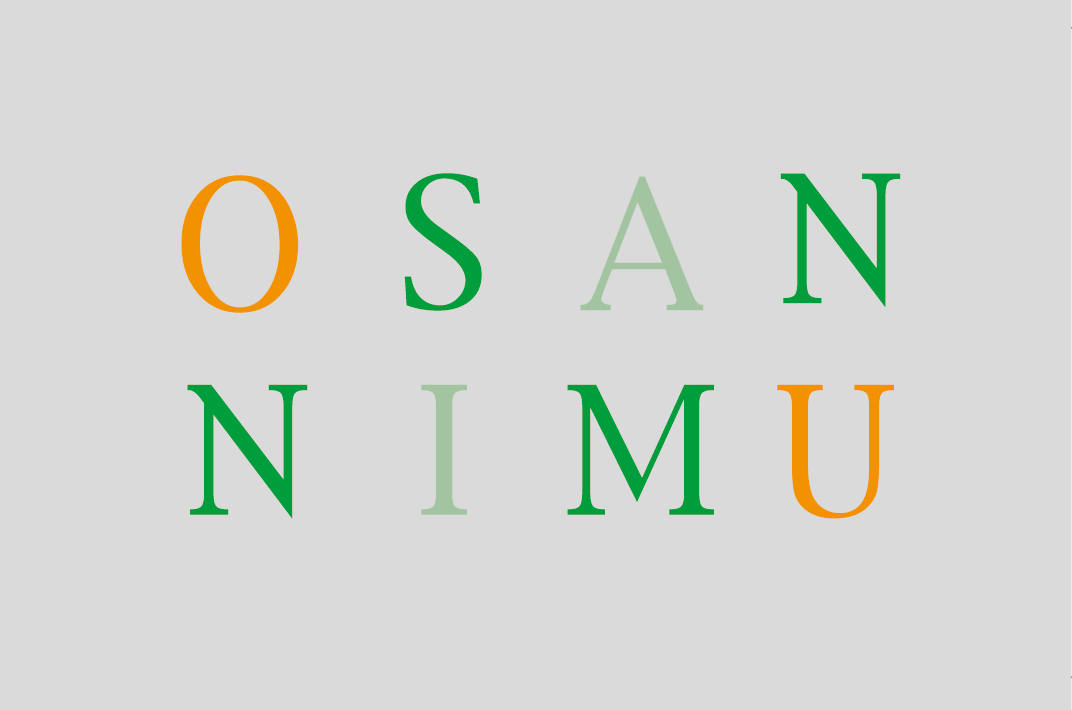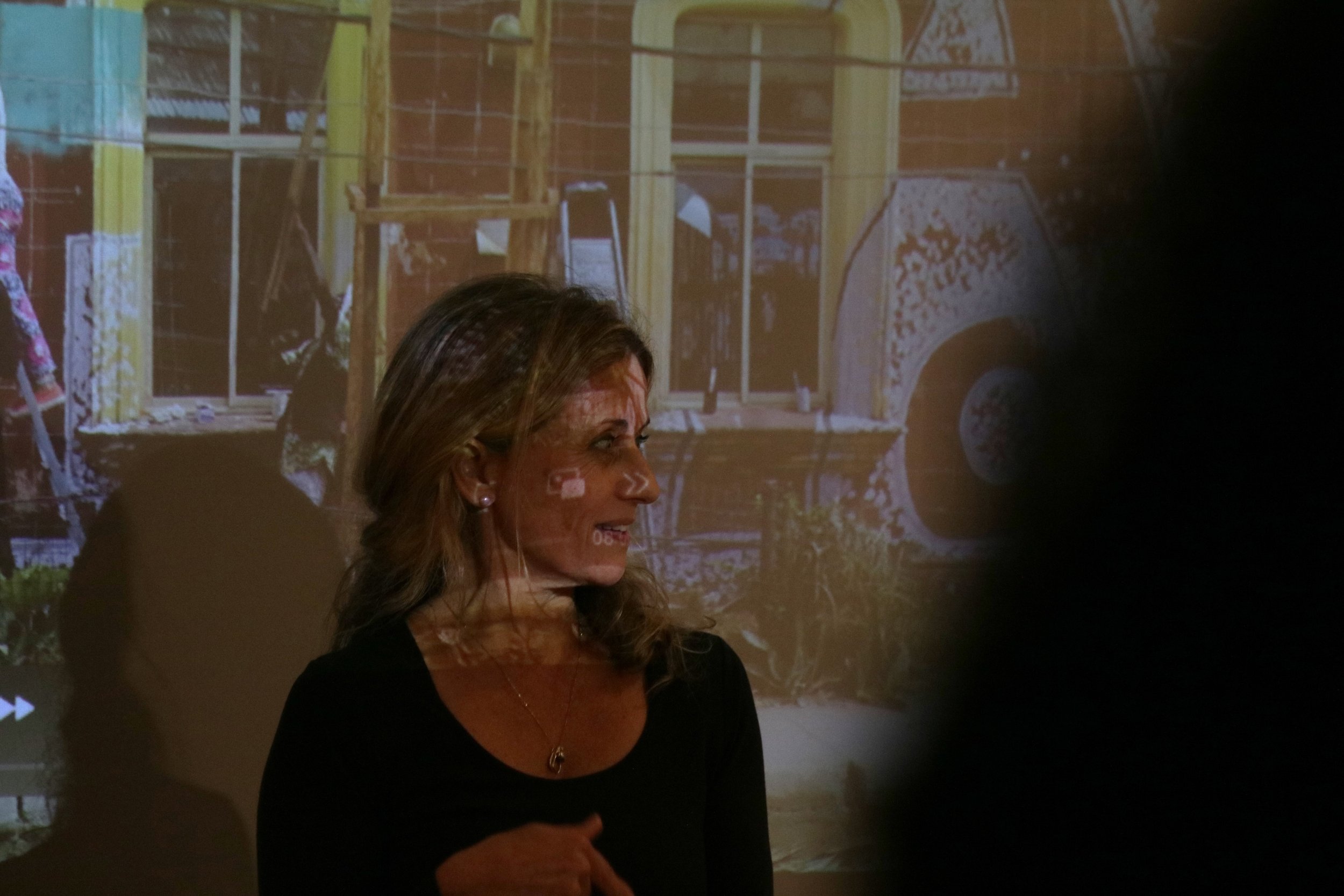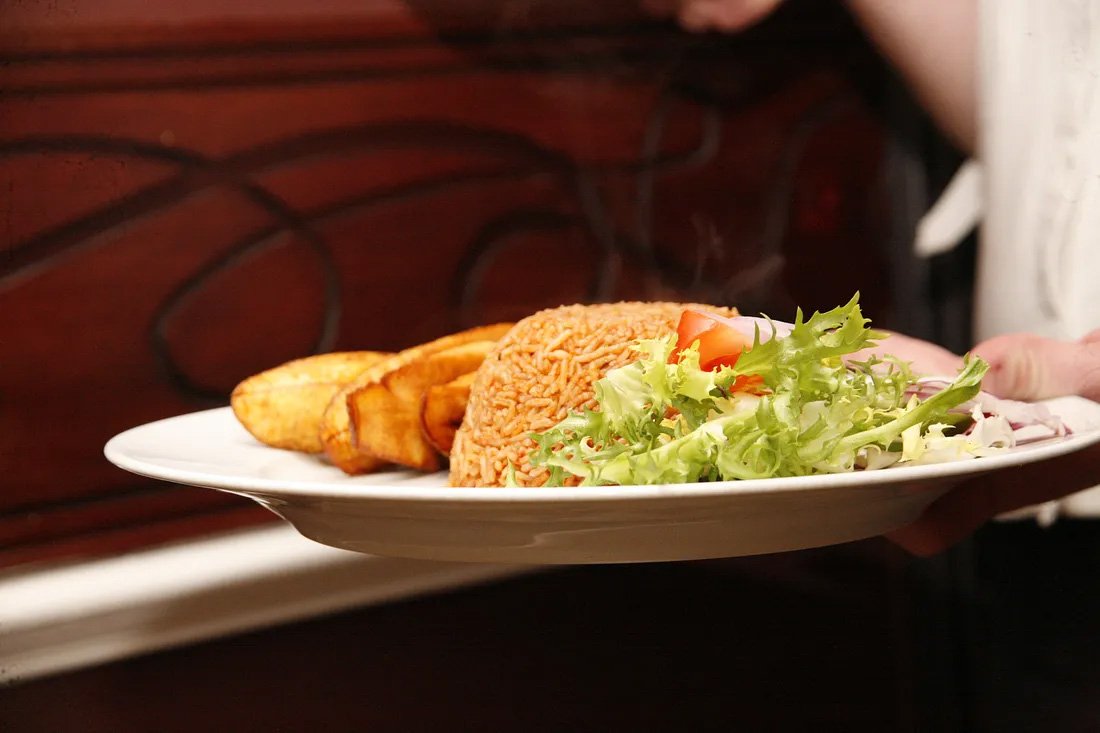Design in Motion
A Photowalk Through the Strand and the LSE campus
An urban photowalk explores the reimagined Strand and LSE campus, revealing city-making as a people-first, playful, and poetic design discipline.
#UrbanDesign #Photowalk #LSECampus #StrandLondon #PublicSpace #CityMaking #DesignThinking #StreetPhotography #Architecture #SocialDesign #PlayfulCities #UrbanPoetry
Behind the Strand’s historic façades lies a quietly radical transformation—where the boundaries between learning, leisure, and urban design blur.
On a recent photowalk through the London School of Economics campus and surrounding public realm, the axis between LSE’s campus and the Strand re- opened itself up—not just to be seen, but experienced.
At the heart of this walk sits The World Turned Upside Down, a sculptural globe that disorients and delights. It stops you mid-step. It re-anchors your point of view. And in doing so, it acts as a hinge between institutional space and public curiosity.
Walking further, the Strand’s reimagined layout unfolds. A car-prioritised corridor reclaims itself as a pedestrian-first civic stage: rerouted traffic, sculptural benches, green lawns, and softened tarmac in hues of buff and dark green create a new choreography for everyday life. These are subtle, yet powerful gestures of design that shape how we gather, rest, and move.
During the photowalk, we encountered the Big Egg Hunt Trail 2025—a pop-up installation that introduces whimsy into this layered city. These eggs are not just art; they’re clues in a larger story about playful, inclusive, people-centred space.
Through the camera lens, details emerge: quiet zones, shared rhythms, convivial moments. Texture meets meaning. Form meets story.
In walking—and in pausing to notice—we practice urban design. This photowalk wasn’t just documentation; it is dialogue. An embodied way of reading, responding to, and imagining the city.





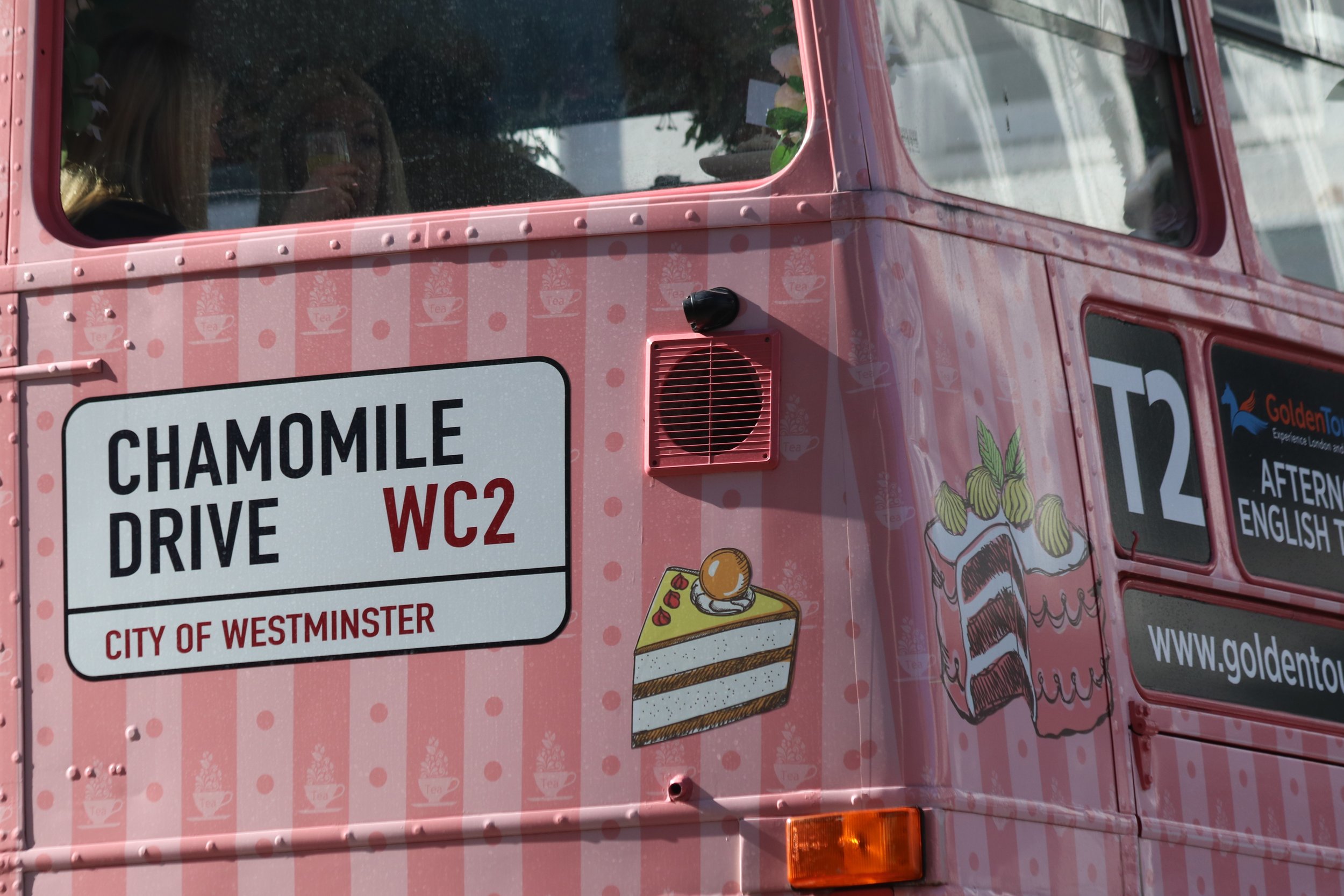
Blog
Story Driven Work
Capturing storytellers’ images, to connect with viewers, to shift misconceptions, to design with, not for, the communities we serve.
‘Poto-Poto’ on Popo Aguda’s Walls Visual Stories for Climate Action
"An animated mural unfolding on Lagos Island that hopes to ignite conversations around how to create resilience in cities that are suffering the effects of climate change.
Over the last few centuries, this densely populated location has risen from what was once mangrove swamps inhabited by water buffalo crocodiles and manatees.
I am so grateful to my awesome team, and wonderfully supportive and tolerant friends and patrons.
Thanks goes to the owners and residents of 131 who have welcomed us into their community".
Polly Alakija on ‘Poto-Poto.’
As I listened to Polly Alakija talk us through Poto-Poto, I reflected on how visual stories, that depict what was, also serve as tools for deliberation about what is possible. To the extent that visual stories can amplify other factors that influence public awareness of transformative attitudes is interesting. Perhaps as tools for deliberation, about the preservation and reuse of structures that characterize the physical identity of Popo Aguda (translated as Brazilian Quarter), and her ecological landscapes of architectural, historic and cultural significance.
Visual stories series may influence an awareness of attitude transformation, during deliberative meaning-making.
As an artefact 'Poto-Poto' is a preservation site specific visual story, in my opinion. A critical contribution that Poto-Poto might bring to the table is its participatory advantage. As a prototype, it demonstrates the creation of a personal connection between participants, involved in the mural-making process, to climate action in Lagos. Specifically, connections that amplify the impact of climate action on heritage preservation, to stimulate individual perceptions, amplify awareness in the mid-term. And in the long term an awareness of attitude transformation.
On one hand, as a localized inscriptive artifact Poto-Poto's visual story framework sits within elevation designs which owe their construction skills to returnee Afro-Brazilians who began arriving in Lagos and Badagry between the 1820s and 1890s.
As a function of historical legacy, this artefact pays homage to both the areas in which Popo Aguda is located across Lagos Island, and its swamp ecology prior to the arrival of the returnees.
Polly Alakija reflects on a talking point
It may be challenging to have a high stakes discussion about the embodied energy in any of the existing Afro-Brazilian buildings that characterize Popo Aguda. They are cultural and climate assets that require an evidence based approach to preservation. However vested interests that might represent conflicting priorities, resource constraints and legacy issues may need to recognise that preservation is a climate issue. In the meantime, demolition of these cultural and climate assets seems to be an ongoing practice, at a rapid pace.
I assume the guardians of legislation on the preservation of historic sites or buildings across Lagos State have a vested interest in this discussion. As is Lagos State Government’s likely position on the idea that Preservation is Climate Action.
How might participatory visual stories function to help find a common ground for diverse interests?
Perhaps stories that help to elicit questions that focus on renovation and retrofit could be a starting point.
Renovating and retrofitting them might have significantly lower upfront carbon emissions than demolishing and replacing them, due to a number of extenuating circumstances. They face extinction. For everyone working in the liberal arts, multidisciplinary design, construction, science and technology sectors, In Lagos or London meeting the ecological-heritage needs without breaching the earth’s ecological boundaries will demand a paradigm shift in our behaviour.
On the other hand, the participatory making process exemplifies how visual-stories can inform deliberative dialogues about the value of heritage preservation based solutions, relative to climate action. In other words, the history of place, identity of spaces, climate action technologies and future of the Brazilian Quarters along Bamgbose Street and other parts of Lagos Island need not be incompatible. Perhaps they can be reframed in future facing terms.
“The integration of art with science, multidisciplinary design, engineering, communities, technology, and activism has brought awareness to the role of art to engage individuals with climate change."
paraphrase: Amanda Gorsegner (2016).
As the urgency to mitigate the impact of climate change is a global issue, visual story making as a participatory process has an inherent potential for creative catalysts. This project functions like a prototype to raise awareness and provoke locally relevant thought on relationships between climate action, and heritage preservation.
As a result the narrative can take on physical and multiple formats offering a mixed media, or unique medium, enabling decision makers and residents of Popo Aguda to respond to a need for deliberative action. These formats can include participatory adaptation of visual storytelling, geospatial maps, visual arts, industrial design, performing arts, film and media, and street art and installations.
"We all need to get Carbon literate and understand the carbon consequence of demolition. How can it possibly be justified? Further reason why embodied carbon needs to be regulated and made a meaningful part of the planning system." - Julia Barfield.
For the love of food and travel
It is a Friday evening, 16 February, 2018. Myself and my colleague Hernan Perez board the bus route no. 453 at Stop M, one of many bus stops dotted around Elephant and Castle, a busy South London junction. As the driver joins the rush hour traffic the sun seems to set, into dusk, with a near full moon rising, illuminating the oncoming traffic that we peer down upon from our perch on the top deck
Walking as a Form of Curatorial Spaces: Visual Narrative Routes
At Bold Tendencies Peckham Rye.
Unintentional Outcomes
“Have you noticed there are memorials all around us? We can see them in street names, place names, statues, gravestones, plaques and murals. Look around your city, town or village. Who has been remembered? Who has been forgotten? Who would you love to memorialize?” source: Bridging Histories.
Interplay between media and sensibilities that add to the experience of this story.
Katrin Mehl (User Interface Designer)
“I love the idea behind ‘Follow Osogbo’s Feet’. It is a privilege to support kids’ development process in school. What I find compelling about participating in this narrative is the responsibility I have, to work on a learning environment that supports literacy encompassing cultural-historical, creative, and aesthetic dimensions.”
How might digital literature affect the culture of writing, reading and publishing across Africa?
In the prevailing view, mobile phones are the most accessible and affordable platform that allows for infrastructure deficits like electricity shortages and minimal broadband access to be circumvented across Africa.
How might people think about belonging?
How might people feel a sense of belonging?
On the wall, the local community White Chapel Gallery serve share their feelings.
Back in time.
Cecil Court is a tiny turning off Charing Cross Road in the West End of London.
Inclusive Design
Wayfinding
Information Design for public spaces and places: The Olympic Village and the Lea Valley.
Font Pairings
What makes them work.
How to make your branding resonate with effective font pairings.
What Might A Winter Landscape Look like?
A generative design session, a collective hackathon or an art, design and make jam.
We use photography to contextualize relationships between people, things, time and places.
In a multi-reality world, the possibility of multiple meanings adds to data: To make sense of problems, provide evocative profiles of people, generate ideas, illustrate concepts or speculate about future situations.
